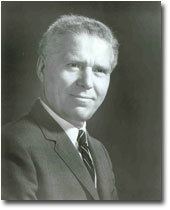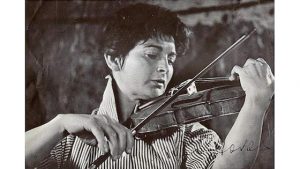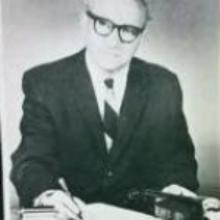Introductory Video: An Overview of Applebaum, Bornoff, and Havas Approaches Teaching Principles
Samuel Applebaum (1904-1986): Art and Science of String Teaching Approach
“The first thing we have to do is to teach the player to think vocally while playing a melodic passage……. After all principles of phrasing and interpretation are planned, science ends and art begins.”
Major principles and concepts of the Art and Science approach:
The principle of “comprehensiveness”: Every playing technique/skill on all four bowed string instruments is dissected and analyzed to the smallest detail. The approach provides exercises that range from silent pre-exercises to most advanced exercises.

George Bornoff’s (1907-1998): Skill Before Tune Method
“There is an enormous difference between being dependent on the ear alone–correcting after a mistake–and using the ear for the fine adjustments after placing the fingers where you know they belong.”
Major principles and concepts of the Skill Before Tune method:
- Whole-to-part approach based on Gestalt psychology: The mastery of details will come with time and not with insistence of perfecting every detail before moving onto the next.
- Technical (playing) skills are always taught way before student plays the piece of music that requires that skill.
- Rapid learning with lot of opportunities for creative repetition (review)
- Well-trained teachers can accomplish with this method in just a few weeks what it takes to other approaches/methods to accomplish in several months, this method claims.
- The unique aspect of this method is that it was created with an idea of teaching strings in classroom settings (heterogeneous and homogeneous), but it can efficiently be used in private lessons.

Kató Havas (1920-2018): New Approach
“If all our energies are channeled into giving people, through the medium of music, a deeper understanding of their own potential as part of the wonderful mysteries that the universe contains, we would not only do justice to ourselves as musicians, but stage fright would be banished from the face of this Earth forever.”
Major principles and concepts of the New Approach:
- The principle of “inside-outside” playing: Before one can express themselves musically, one needs to organize themselves “inside” in three areas: physical, mental, and spiritual.
- Physical order is established through clapping the pulse of music, miming the playing movements, and singing the pitches.
- Mental order is established through thorough understanding and appreciation of music one performs before learning starts.
- Spiritual order is established when body, mind, and spirituality are harmonized.
- Explanation of physical and mental causes of tension in playing:
- Causes of physical tensions: “The Wood”, “The Eyes”, and “The Hold”
- Causes of mental tensions: “Playing Violin is Difficult”, “Vertical Movements & Images”, and “Bow Arm Interprets the Music”
Lesson 1 Handout
